Are there many chips used in new energy vehicles? Automotive chips are like human brains, and can be divided into three categories according to their functions: control, perception, and execution. Further subdivided, they can be divided into nine categories: control chips, computing chips, sensor chips, communication chips, storage chips, security chips, power chips, driver chips, and power management chips.
01 Control chip: MCU, SOC
The control chip (MCU), also known as the “microcontroller unit”, is responsible for computing power and processing, and is used for engine/chassis/body control, such as AI chips for autonomous driving perception and fusion. At present, more and more chips are installed in cars, from power systems to car systems to safety systems, and a large number of chips can be seen. MCU accounts for about 30% of the number of semiconductor devices used in a car.
02 Computing chips; CPU, GPU, FPGA, etc.
Central processing unit (CPU) chip: In cars, CPU chips are mainly used in car infotainment systems, such as car navigation, music playback, etc. This chip can handle complex computing tasks, connect to multimedia interfaces, and provide powerful processing capabilities. Graphics processing unit (GPU) chip: mainly used in advanced driver assistance systems (ADAS) and autonomous driving systems, used to process large amounts of video and image data, perform object recognition, pedestrian recognition, driving route planning, etc.
03 Power chip: IGBT, silicon carbide, power MOSFET
Power semiconductors are the core of power conversion and circuit control in electronic devices, and are mainly used to change voltage and frequency, DC to AC conversion, etc. in electronic devices. In new energy vehicles, the average usage of medium and high voltage MOSFETs per vehicle has increased to more than 200.
04 Communication chip: cellular, WLAN, CAN/LIN, satellite positioning, NFC, Bluetooth, ETC, Ethernet, etc.
Wireless communication chips can connect cars to the Internet, provide data transmission functions, and support in-vehicle information services, remote control, real-time navigation and other functions.
CAN controller chips are mainly used for internal communication of cars, for example, information transmission between the engine control module and the brake control module. The CAN controller can effectively organize and manage the data flow between various systems of the vehicle, ensure the accurate transmission of information, and improve the overall operating efficiency of the car.
05 Memory chips: DRAM, NOR FLASH, EEPROM, SRAM, NAND FLASH
The car’s infotainment system, navigation system, safety system, etc. all require a lot of storage space, so memory chips also play an important role in cars. Common memory chips include flash memory chips, solid-state hard disk chips, etc. They can store a lot of data and provide fast read and write speeds to ensure the smooth operation of the system.
06 Power/analog chips: SBC, analog front end, DC/DC, digital isolation, DC/AC
In cars, power management chips are mainly responsible for the power supply of on-board electronic equipment, including startup power, headlight power, dashboard power, etc. It can effectively manage and distribute power to ensure the normal operation of on-board electronic equipment. According to Oppenheimer statistics, analog circuits account for 29% of automotive chips, of which 53% are signal chain chips and 47% are power management chips.
07 Driver chips: high-side driver, low-side driver, LED/display, gate-level driver, bridge, other drivers, etc.
For electric vehicles, motor control chips play a vital role. It can control the speed and direction of the motor to ensure the stable driving of the car. At the same time, the motor control chip can also effectively manage the battery power, improve the battery efficiency and extend the battery life.
08 Security chip: T-Box/V2X security chip, eSIM/eSAM security chip
The information security and driving safety of the car are the focus of consumers, so various security chips are also widely used in cars. Such chips include identity authentication chips, data encryption chips, etc., which can protect the data security of the car and prevent illegal access and attacks.
09 Sensor chip: ultrasonic, image, voice, laser, millimeter wave, fingerprint, infrared, voltage, temperature, current, humidity, position, pressure, etc.;
Sensor chips play a very important role in cars, including speed sensors, pressure sensors, temperature sensors, radar sensors, etc. These sensors can monitor the operating status of the car in real time, provide important information to the driver, and provide necessary data support for the car’s safety system.

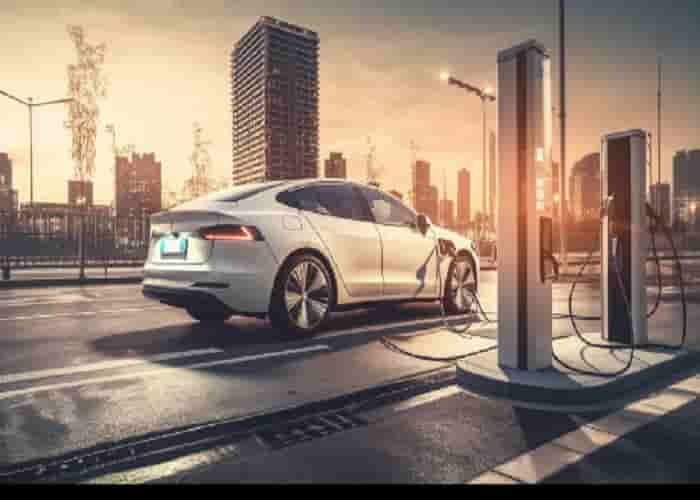
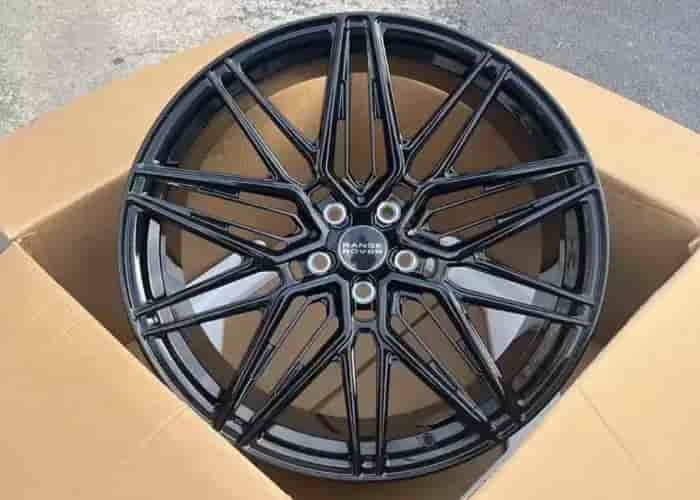
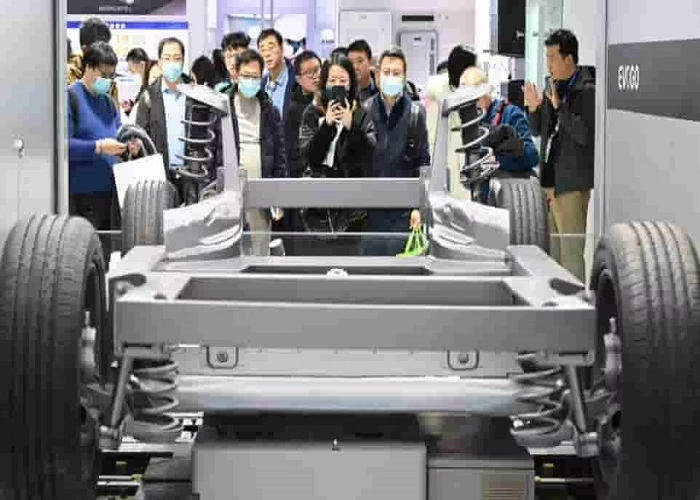
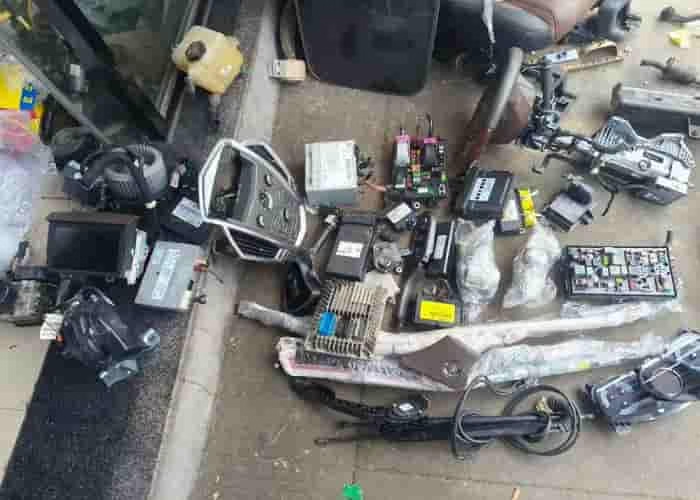

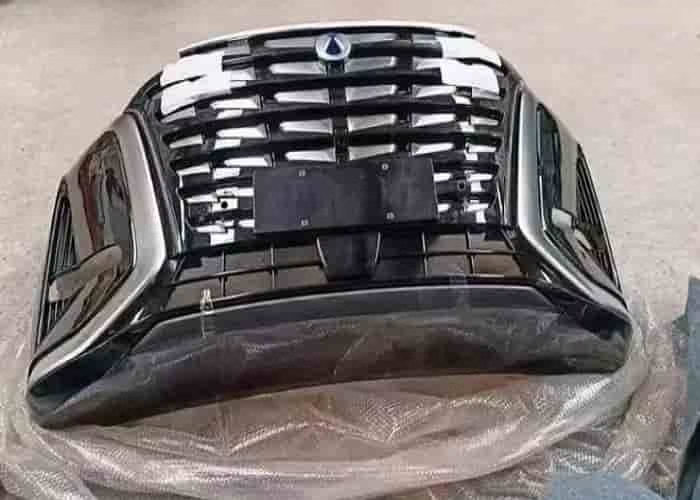
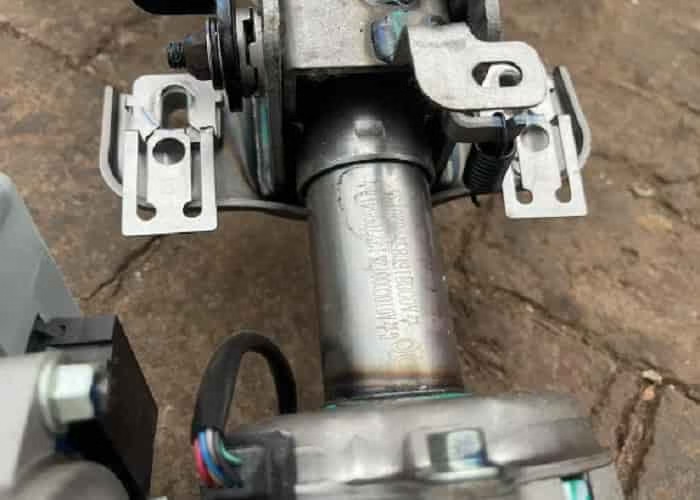
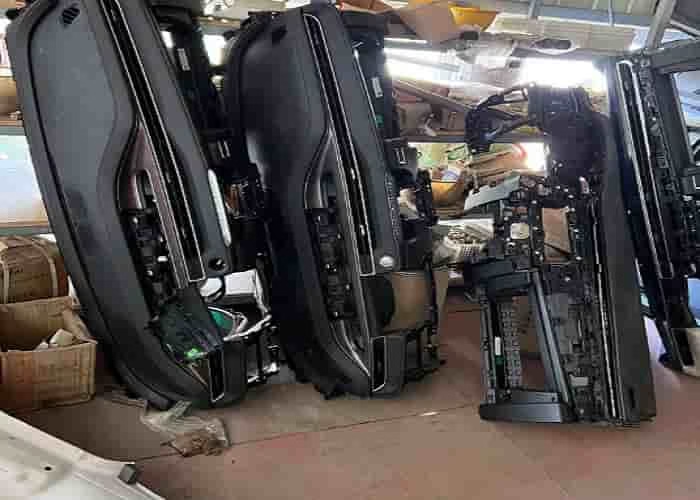

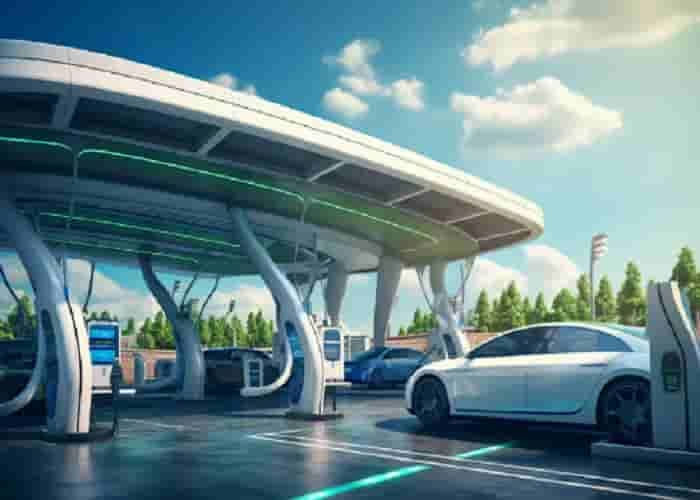





Leave a Reply